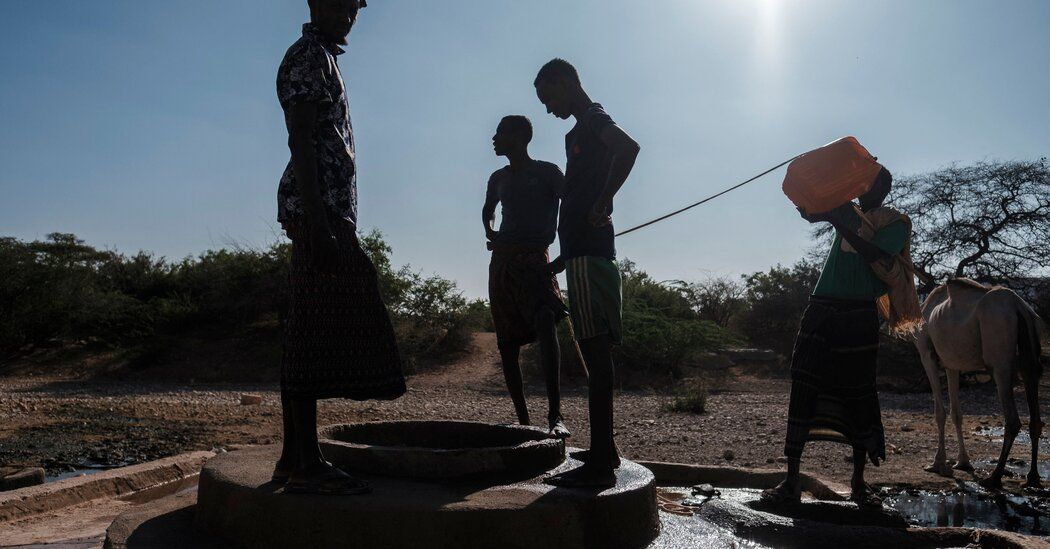Climate Change’s Fingerprints Turn Up in Parched East Africa
“Now we must ensure that the fund is made fit for purpose,” said Harjeet Singh, head of political strategy for Climate Action Network International. “This means rich nations and big polluters paying their share to bring the fund to life and to ensure that adequate money reaches those affected on the ground before it is too late.”
In Somalia in particular, the dryness has compounded the instability caused by years of armed conflict. There, the drought may have caused 43,000 excess deaths last year, according to estimates issued last month. Nearly half of these were among children younger than 5.
The new analysis was conducted by Dr. Kimutai and 18 other researchers as part of World Weather Attribution, a scientific collaboration that tries to untangle the influence of human-induced climate change on specific heat waves, floods and other episodes of extreme weather. The study has not yet been published in a peer-reviewed journal, though it relies on methods that are widely used and accepted by researchers.
Scientists know that global warming is increasing the average likelihood and severity of certain kinds of wild weather in many regions. But to understand how it has affected a particular one-off event, they need to dig deeper. It’s like smoking and cancer: The two are undeniably linked, but not all smokers develop cancer, and not all cancer patients were smokers. Each person is slightly different, and so is every weather event.
To determine the effects of global warming on individual weather episodes, climate researchers use computer simulations to compare the global climate as it really is — with billions of tons of carbon dioxide pumped into the atmosphere by humans over decades — and a hypothetical climate without any of those emissions.
Source: The New York Times


